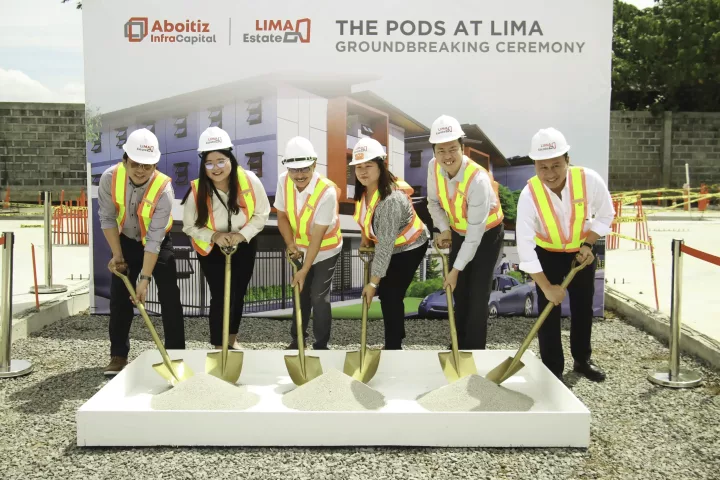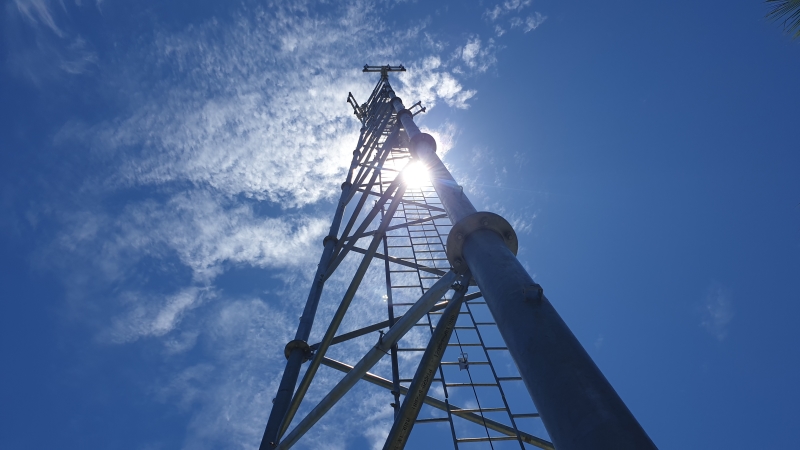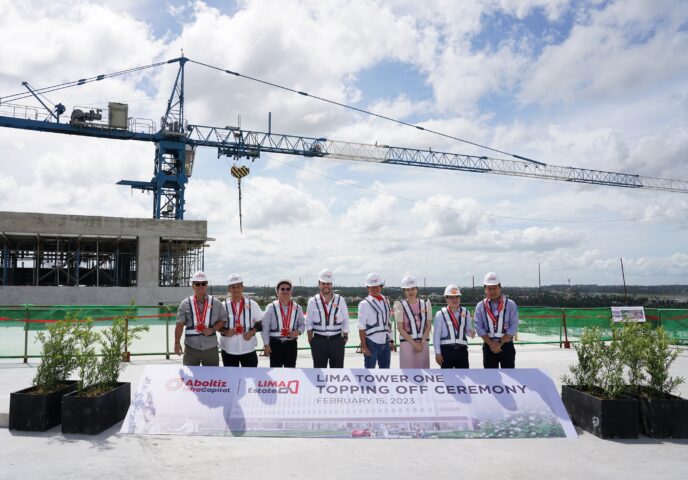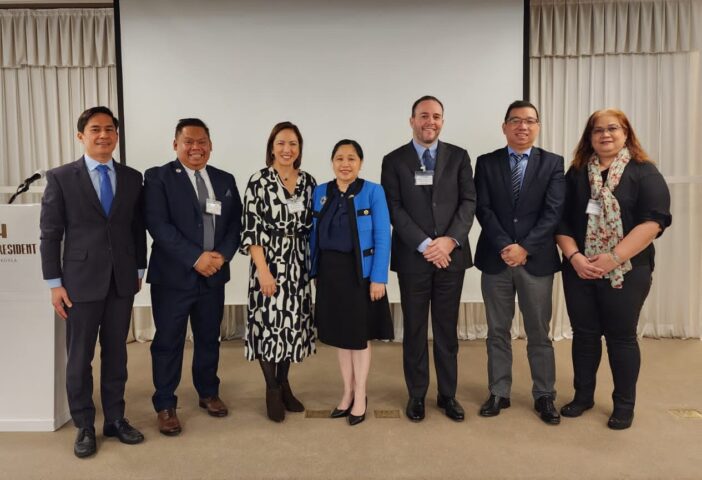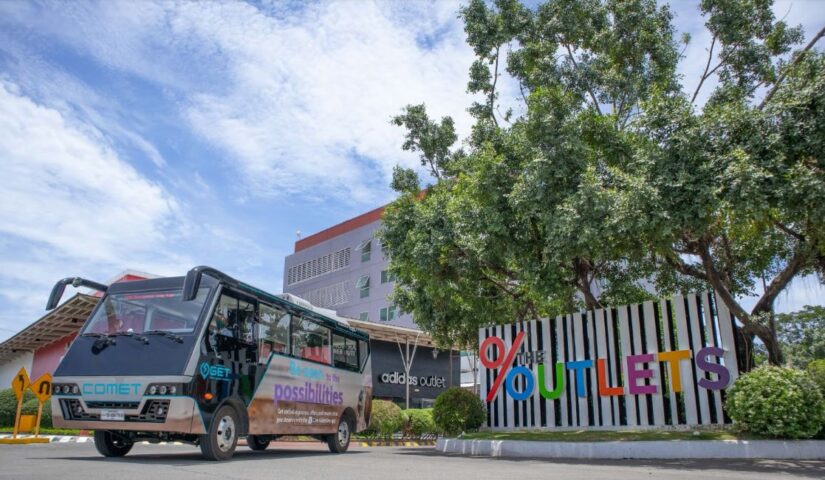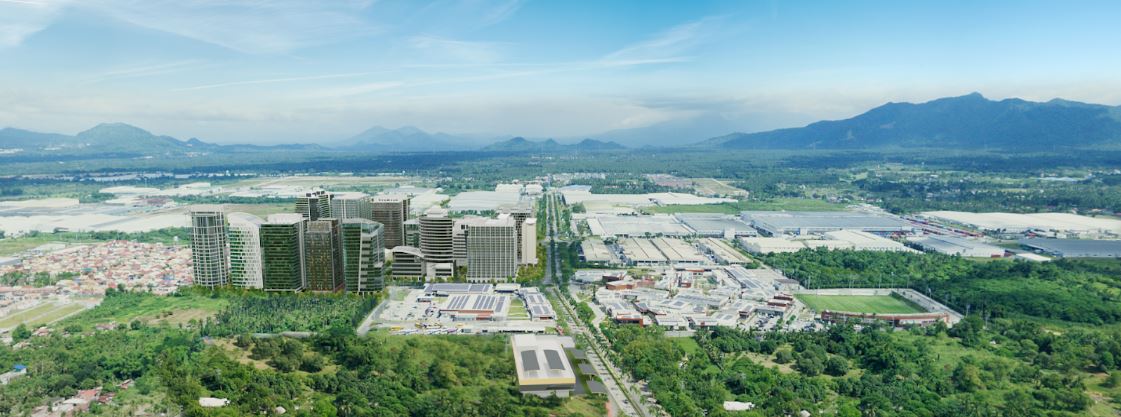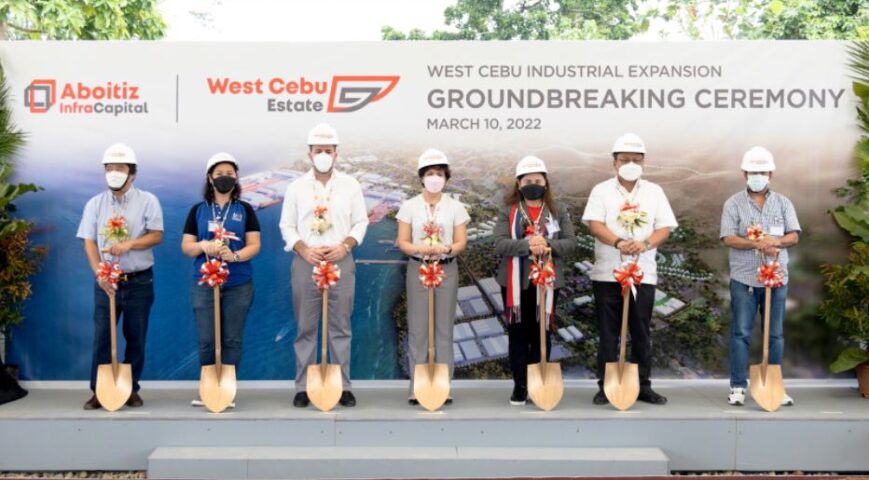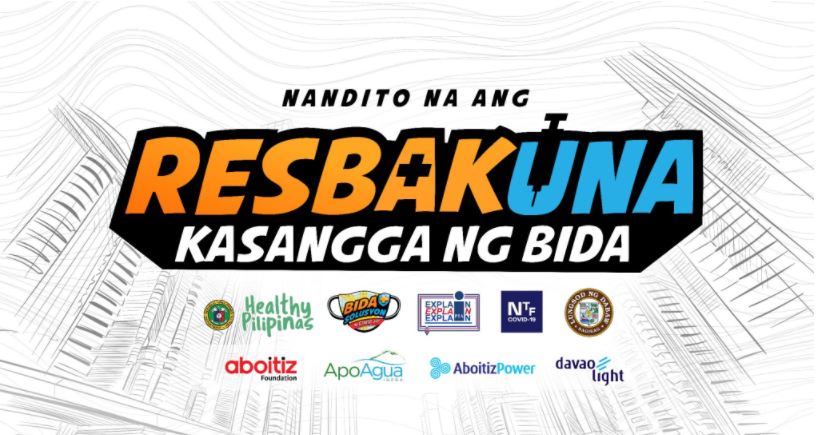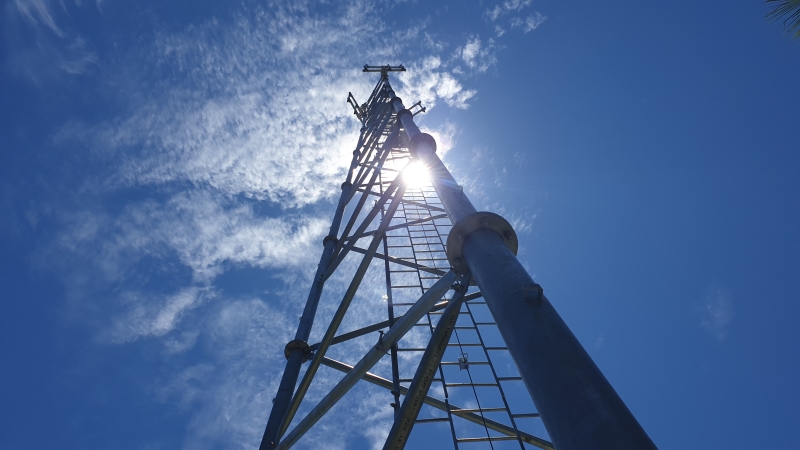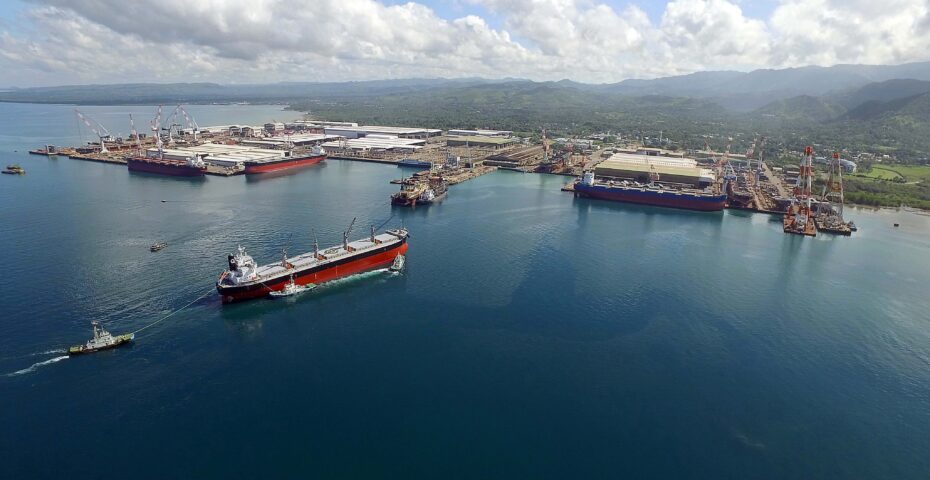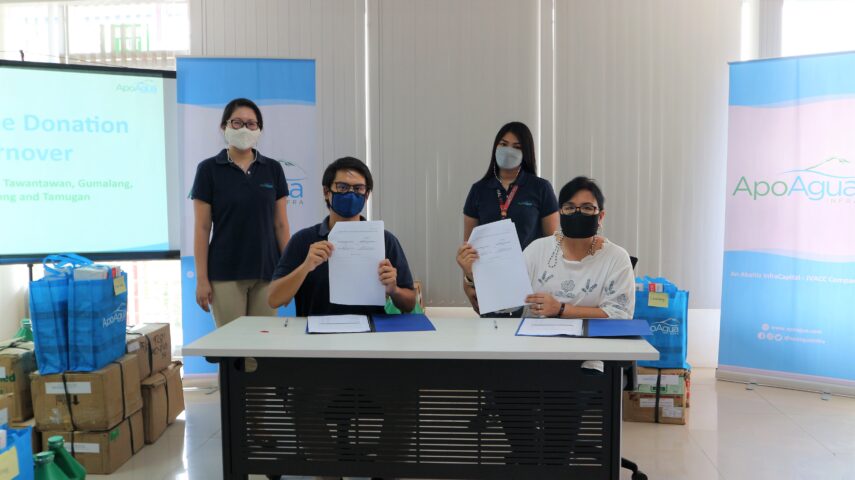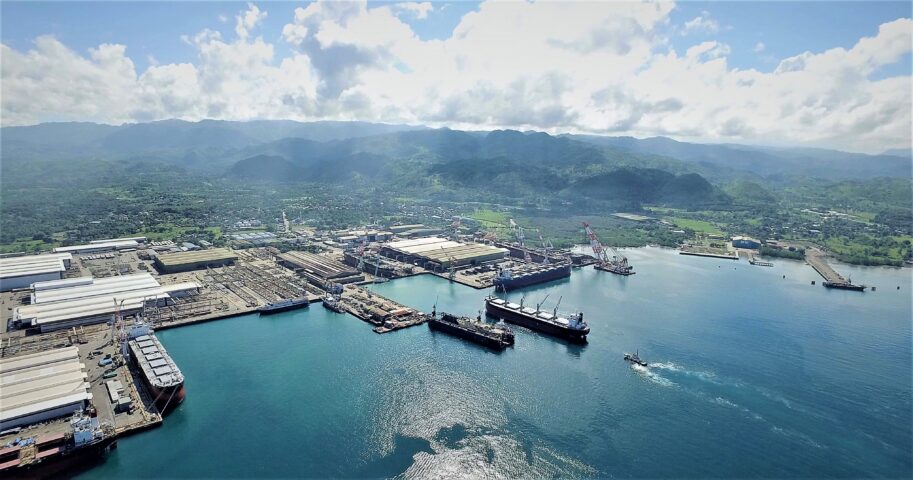Aboitiz InfraCapital makes waves with innovations in water resource management
Press Release
February 11, 2022
In line with its goal to provide Filipinos with sustainable water solutions, Aboitiz Group’s infrastructure arm Aboitiz InfraCapital (AIC) is advocating for better water resource management to ensure water security for years to come.
In the latest Liveable Cities Lab webinar entitled “Climate-resilient Water Management: Affordable Quality Water for All,” Aboitiz InfraCapital First Vice President for Water Business and Apo Agua Infrastructura, Inc. President Anna Lu talked about the importance of effective management of limited water resources, amid a host of critical challenges such as over-extraction of groundwater, deterioration of water quality, and rising water-related disaster risks.
“With a growing population that is placing greater stress on already scarce water resources, innovation in water supply management is required. At Aboitiz InfraCapital, we are at the forefront of implementing sustainable solutions to ensure access to safe and reliable water.”
- Anna Lu, Aboitiz InfraCapital First Vice President for Water Business and Apo Agua Infrastructura, Inc. President
Through Apo Agua Infrastructura, Inc. (Apo Agua), AIC is undertaking the Davao City Bulk Water Supply Project (DCBWSP) of Davao City Water District (DCWD) and is introducing the pioneering water-energy nexus concept to the country for the first time.
Tapping the Tamugan river as its surface water source, the project’s water treatment facility will be powered by renewable energy sourced from a two Megawatt run-of-river hydroelectric power plant. The raw water will first pass through the turbines to generate energy, which in turn will be used to power the water treatment facility and produce treated water. Water will be fed through the project’s 65-km pipeline purely by gravity.
Once operational, the DCBWSP will provide over 300 million liters of safe water per day to more than one million Davaoeños.
Meanwhile, LIMA Water Corporation (LWC) has been working towards adopting a Smart Water Network wherein its water facilities turn into interconnected and intelligent systems. LWC is the end-to-end water services provider of LIMA Estate, a 794-hectare industrial-anchored development in Lipa-Malvar, Batangas. Through the Smart Water Network, LWC’s water facilities are able to communicate with each other and automatically adjust its operating setup depending on the requirements. This is done by integrating Supervisory Control and Data Acquisition (SCADA) systems and its corresponding digital output instruments like water meters and sensors.
Using data collected from the system, the LWC team is then able to better understand the demand pattern of locators. The system also notifies the team if there is any system abnormality, allowing them to repair and resolve issues as soon as possible and minimize water loss. In addition, LWC is able to keep team members safe with its remote operation feature, while still improving asset management.
Once fully integrated, the Smart Water Network is projected to lead to even better operational efficiency and savings in terms of deep well operation, auto adjustment of transfer pumps and non-revenue water (NRW) management, in alignment with its sustainability objectives.
According to the United Nations, the Asia-Pacific region is home to 60% of the world’s population but has only 36% of the world’s water resources. Per capita, water availability is the lowest in the world. Unsustainable withdrawals of freshwater supply are a major concern in the region. In the Philippines, 1 out of 10 people still do not have access to improved water sources per the World Health Organization. The situation could worsen with climate change which contributes to increase in temperature and drying up water sources.
Lu encouraged conducting more hydrology and hydrogeology studies to determine surface water and groundwater availability and sustainability in the area as what has been previously done by LIMA Water in Batangas. She also recommended diversifying water resources through various means such as the conjunctive use of groundwater and surface water like in Davao City, rainwater harvesting, and greywater recycling.
AIC’s efforts in developing more innovative water solutions directly contribute to the achievement of three United Nations Sustainable Development Goals namely: to provide Clean Water and Sanitation (SDG 6), help establish government policies to safeguard our water resources to foster Sustainable Cities and Communities (UN SDG 11), as well as pursuing Partnerships for the Goals (SDG17) with public and private sector partners to finance new water projects and develop new technologies.
The Liveable Cities Lab on “Climate-resilient Water Management: Affordable Quality Water for All” is presented by the Liveable Cities Philippines in partnership with the British Embassy Manila co-presented by the League of Cities of the Philippines and Globe Telecom.
Tags

